Understanding how to identify the age of turkeys is important and valuable for hunters and enthusiasts who have a general interest in these animals. It helps in knowing the differences between juvenile and mature birds. You can recognize these differences even from a distance by looking at their age-related physical characteristics.
This article explores various ways to assess turkey age, beginning with observations in the wild and moving to direct inspections after a turkey is harvested. The discussion compares the characteristics of male and female turkeys. It also addresses common misconceptions about aging turkeys. Finally, there are questions and answers to improve your skills in recognizing the age of turkeys.
How To Tell The Age Of a Turkey?
Wild turkeys have visible signs that help identify their age groups, even without ID tags. By observing their physical features and behavioral changes, you can determine a turkey’s age as it matures. Some indicators of age can be seen from a distance, while others require a close look.
Knowing the age of turkeys is beneficial for hunters. It helps them follow game regulations and manage turkey flocks better. This knowledge also supports smart decisions about harvesting. Conservationists rely on age assessments to monitor turkey populations.
By considering various signs—like feather condition, spinal development, growth patterns, body weight, and vocal activity—you can estimate a turkey’s age with reasonable accuracy.
Tell the Age of a Turkey in the Field
To assess a turkey’s age from a distance, you need to use both visual and auditory observations.
Since physical examination of the bird is not an option, you need to focus on observing its posture and behavior along with other distinctive features. While turkey hunting or birdwatching, pay attention to their plumage and size. You can also listen to their calls, as different age groups have distinct vocalizations.
1. Feather Structure
- Jakes (juvenile males): The tail plumage of juvenile males known as jakes measures shorter than the tails of adult males and female hens. During the tail fan display, the feathers positioned in the center become elongated. So, the asymmetry generates a visible bump toward the base of the fan.
- Adult Toms: During adulthood, Toms display a perfectly symmetrical rounded fan with uniform feather lengths as this represents their maturity.
- Hens: The tail feathers of hens appear shorter and dull, while their fans remain unformed and unnoticeable, and their general body color looks less vibrant.
2. Beard Visibility
- Jakes: Jakes possess brief beards which amount to 2–4 inches long and merge with their body structure so they are hardly detectable using binoculars.
- Mature Toms: The mature male turkey reveals its long prominent beard, which swings gracefully as it walks and struts between 8 to 10 inches in length.
3. Behavior and Sounds
- Jakes: According to Jake, leave the resting area as groups while showing playful behavior without displaying significant aggression.
- Mature Toms: Mature Toms become highly territorial and show full displays with powerful, forceful gobbles throughout the spring breeding months.
- Watch for strutting posture: Observing strutting behavior reveals dominant toms because their bodies expand while their tails fan out and wings droop to the rear.
4. Spur Length (if visible)
- An examination of the legs becomes possible when the turkey gets sufficiently close to you, as part of which you can observe its spur size.
- Short, blunt spurs indicate a jake, while longer, curved spurs signal an older tom.
The combination of insufficient lighting with surrounding vegetation and distance between observer and subject causes the visual indications to become distorted. Hand-based checks serve to confirm precise age after harvest operations since visual signs alone cannot determine the age properly.
Using binoculars or spotting scopes while observing the subject will enhance your accuracy in making your guess.
Tell the Age of a Turkey After Harvesting
Once you have the turkey in hand, you can examine specific physical features more accurately. These physical indicators provide the most reliable insight into the bird’s maturity.
1.Spur Length and Shape
- Jakes: Spurs are typically less than ½ inch long, soft, rounded, and barely protrude.
- 2-Year-Old Toms: Spurs range from ½ to 1 inch and start to taper to a point.
- 3-Year-Old+ Toms: Spurs exceed 1 inch, are sharp, and often curve downward.
Spurs are one of the most reliable ways to age male turkeys because they continue growing over time and are less prone to environmental damage.
2. Beard Length
- Jakes: Beards are short, between 2–4 inches, and often look thin or scraggly.
- 2-Year-Old Toms: Beards grow to about 6–9 inches and become more visible.
- 3-Year-Old+ Toms: Beards can reach 10+ inches, and older birds may even have multiple beards.
However, beard length can be deceiving. Harsh winters, genetics, or fighting can cause breakage or loss. In some cases, older turkeys may have shorter or frayed beards, so it’s best used alongside other indicators.
3. Feathers
- Juveniles (Jakes): Have pointed breast feathers that lack luster.
- Mature Toms: Show rounded breast feathers that are darker, more iridescent, and exhibit a bronze, green, or purplish sheen.
- Hens: Feathers are dull brown, lack iridescence, and are smaller overall.
Feather shape and sheen are excellent visual cues, especially when comparing birds side by side.
4. Leg Color and Size
- Jakes: Have thin, smooth legs with a pinkish or light tone.
- Mature Toms: Have thicker, rougher legs that turn reddish or purplish during mating season due to increased blood flow.
The size and texture of the legs often match the bird’s overall maturity and hormonal development.
5. Weight and Size
- Jakes: Generally weigh between 12–16 pounds and appear leaner.
- Adult Tomstypically weigh 18–25+ pounds, with broader chests and longer legs.
- Hens: Weigh 8–12 pounds, are more compact, and lack many of the ornamentations of males.
Keep in mind that weight can fluctuate based on diet, habitat quality, and time of year. Spring turkeys, for example, may weigh less than fall birds due to the physical toll of the mating season.
By combining all these physical clues, hunters and wildlife managers can make a much more informed estimate of a turkey’s age.
Common Physical Characteristics to Determine The Age
Here’s a breakdown of some of the main physical indicators:
| Feature | Jakes | Adult Toms | Hens |
| Spurs | < ½ inch, blunt | > ½ inch, pointed or curved | Small, often < ¼ inch |
| Beard | 2–4 inches | 6–10+ inches | Rare, often thinner & shorter |
| Feathers | Pointed tips | Rounded, iridescent | Duller, shorter |
| Weight | 12–16 lbs | 18–25+ lbs | 8–12 lbs |
| Tail Fan | Center feathers longer | Evenly rounded fan | Less prominent fan |
| Gobble | Softer or broken | Loud, deep gobble | No gobble |
Accuracy Note: Spurs are the most consistent age marker. Beard and feather assessments are useful but less precise due to environmental wear and genetic factors.
Common Mistakes to Avoid When Aging a Turkey
1. Relying Solely on Beard Length
The external elements such as frost and fighting events combined with the act of feeding can cause beards to detach. Genetics determines beard thickness and length, which creates inconsistent age estimation whenthe beard is used as a single evaluation method.
2. Ignoring Spur Condition
Spurs function as the most precise method for determining a male turkey’s age. Many hunters dismiss checking spurs because they focus their observation on easily observable features. Proper age estimation requires checking both spur length and shape together with their curvature.
3. Assuming Bigger Means Older
Sizing up birds without additional evidence will result in an incorrect identification. When jakes live in an environment with abundant resources, they may outrun older toms who come from harsher conditions. Turkey’s body dimensions mostly depend on dietary supply and genetic makeup instead of advancing age.
4. Misjudging Based on Gobble Alone
Gobbling can vary widely. Young male turkeys will reproduce the vocalizations of mature males by gobbling frequently while producing loud noises. Relying only on sound to determine age does not produce reliable results because physical examination of traits is necessary.
5. Overlooking Feather and Leg Differences
People often ignore the evaluation of feather sheen and leg thickness because these elements are essential to separate jakes from toms. Using all available clues produces an age estimation method with superior accuracy.
The Differences Between Male and Female Turkeys
Physical Differences
- Beards: Males usually have them; only about 10% of hens do.
- Spurs: Males have noticeable spurs; hens have tiny or no spurs.
- Size: Males are larger and heavier.
- Coloration: Males have more iridescent feathers.
- Behavior: Males strut and gobble; hens yelp and cluck.
Specific Indicators in Telling Age Between Genders
It’s much harder to determine the age of a female turkey. Spur development and feather wear can provide slight clues, but there’s no consistent method as accurate as with males.
Check the following overviews on telling the age of male and female turkeys.
| Indicator | Male | Female |
| Spur | Length and curve indicate age | Tiny or absent, not age-reliable |
| Feather Shine | More iridescent as males mature | Dull and consistent |
| Weight | Increases with age, noticeable in toms | Less distinct weight gain |
| Behavior | Toms become more dominant with age | Less behavioral change with age |
FAQs About Turkey’s Ages
What is the best way to determine the age of a wild turkey?
Answer: Spur length and curvature are the most reliable methods for aging male turkeys. Beard length and feather characteristics can supplement but shouldn’t be used alone.
What are the typical characteristics of a jake vs. a mature tom?
Answer: Jakes have shorter beards, shorter blunt spurs, pointed feathers, and uneven tail fans. Mature toms show longer beards, curved spurs, rounded feathers, and full tail fans.
Can you accurately age a turkey by its spurs?
Answer: Yes, especially in males. Spur length and shape are widely accepted as the most dependable age indicators.
Can you age a turkey by its beard?
Answer: Only partially. While beard length increases with age, breakage and genetics make it an unreliable sole indicator.
How do you differentiate between a 2-year-old and a 3-year-old gobbler?
Answer: Spur length is key. A 2-year-old usually has straight spurs between ½ and 1 inch. A 3-year-old or older typically has longer, curved spurs over 1 inch.
Conclusion
Learning to identify the ages of turkeys takes practice and careful observation. This helps you distinguish between different maturity groups, like jakes, toms, and mature females. Identifying turkey age mainly relies on spur length, but other signs can help, too. Beard length, body features, and feather characteristics provide extra clues.
Watching turkeys from above, along with noting their feathers and body shape, helps you estimate their age in the field. After harvesting, a close examination of spurs, feathers, and weight gives you clearer information. This knowledge will prepare you for any situation involving turkeys.


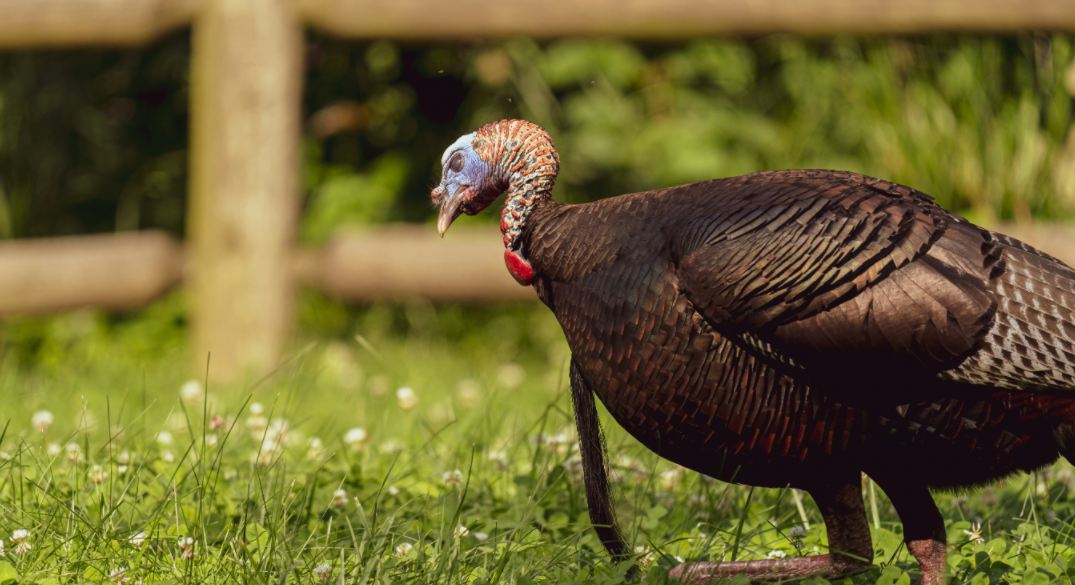
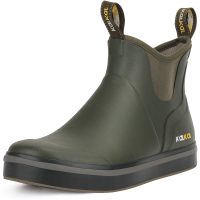

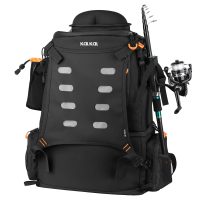
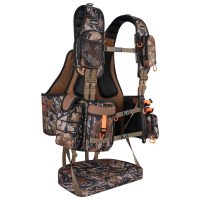
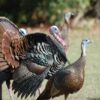

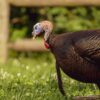

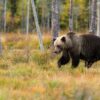
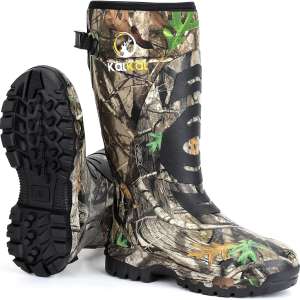
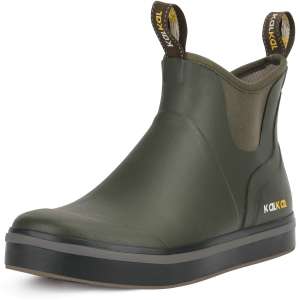
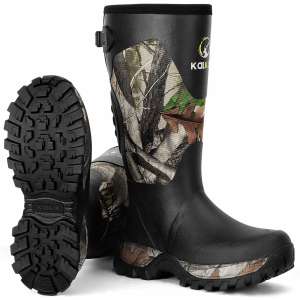

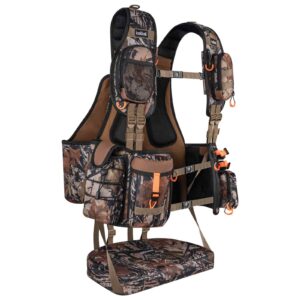



Leave a reply